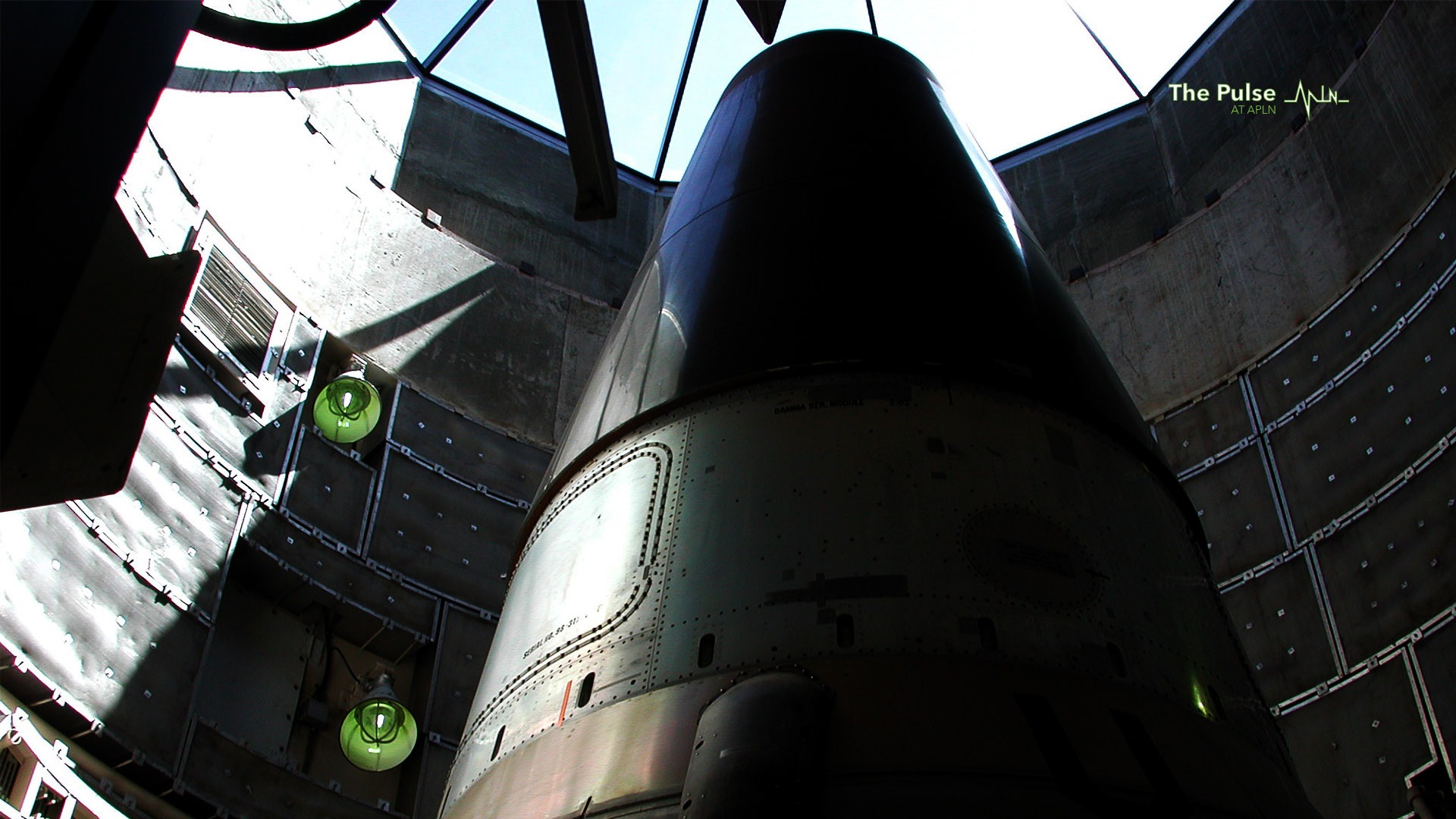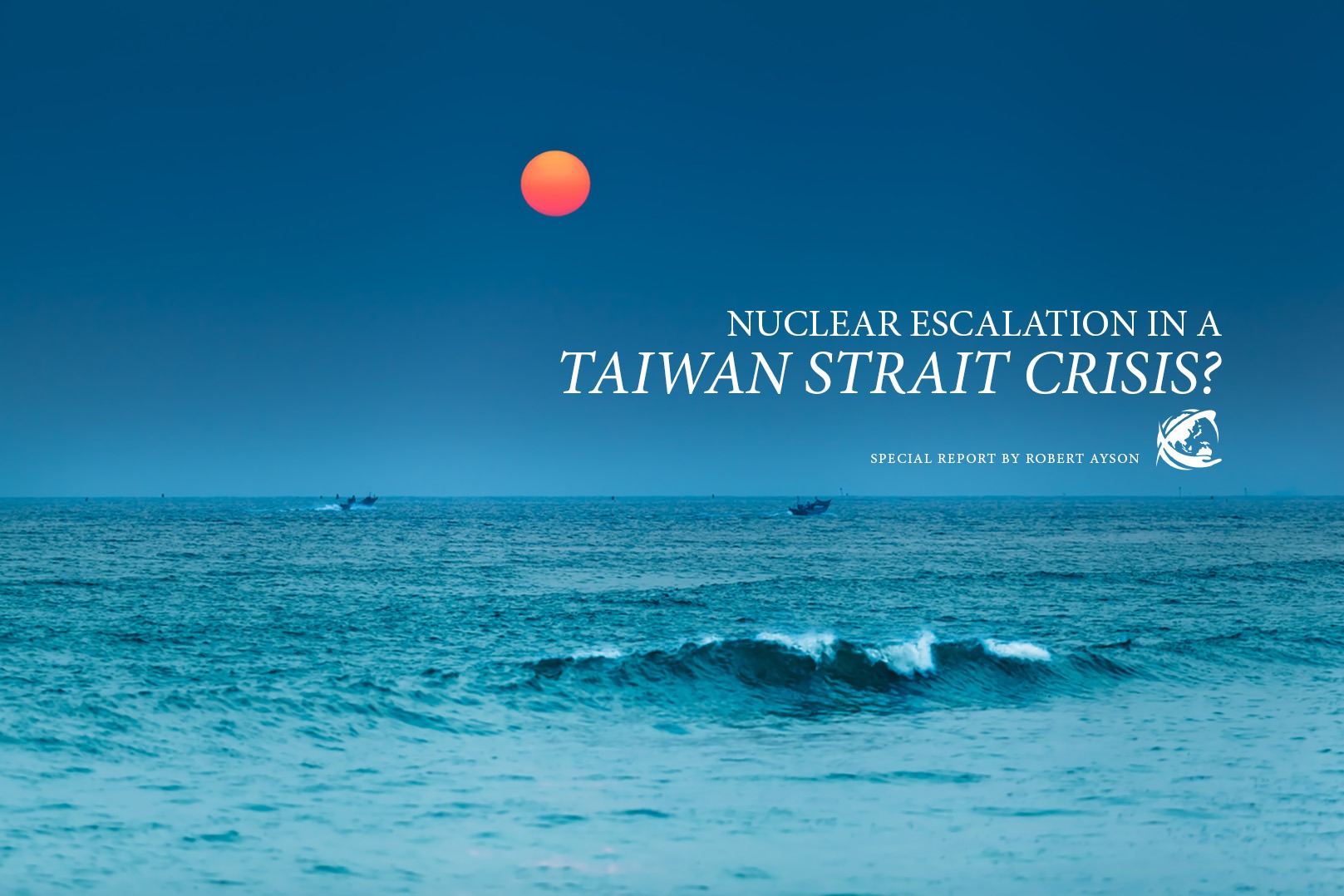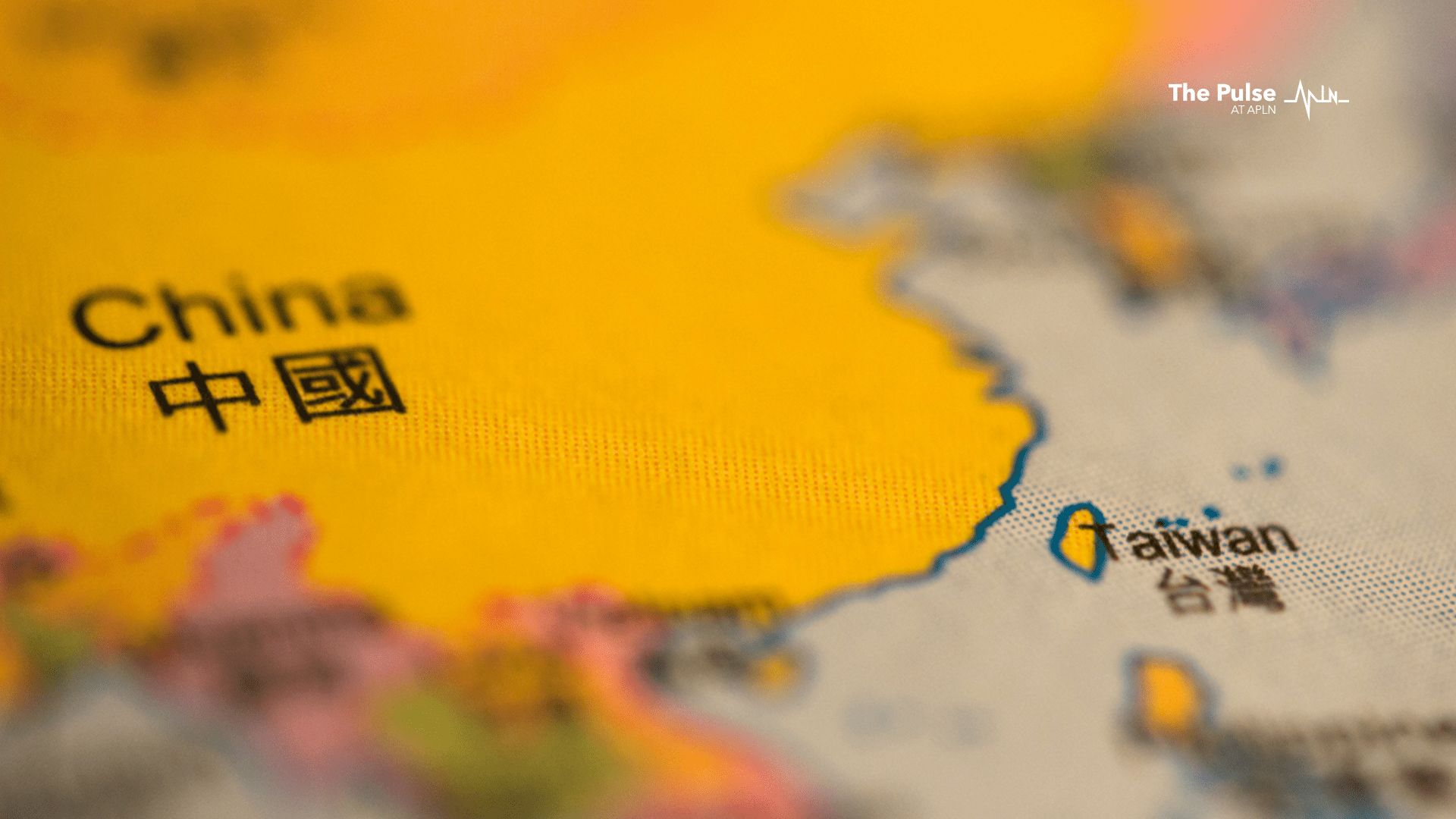China’s New Missile Silo Fields
Satellite images of a missile silo field under construction near Hami follow revelations of a similar missile base near Yumen in Gansu province, raising concerns that China could be rapidly expanding its nuclear arsenal.
Mr. Andrey Baklitskiy, Dr. David Santoro, Dr. Ta Mihn Tuan, and Dr. Tanya Ogilvie-White discuss the strategic implications of these developments.
Mr. Andrey Baklitskiy
Senior Research Fellow at the Institute of International Studies of MGIMO University, Moscow.
For a long time, the strategic forces of the US and China were developing in parallel, with little impact on each other. Washington was focused on its peer competitor the USSR, later Russia. Beijing saw US forces capped by bilateral treaties like INF, START, and the ABM treaty, and felt no need to go beyond a rather limited arsenal. The US’s calls on China to join nuclear arms control sounded very abstract, and fell on deaf ears.
It is safe to say that this status quo is ending. Great power competition is pushing the US against China, while the unravelling of the existing arms control architecture opens new avenues for it. The US is improving and growing its missile defences and is planning to deploy INF-range systems to the Pacific. Meanwhile, China has embarked on a major construction of silos, which can be used for ICBM deployment.
With so many moving parts, it is hard to say where this dynamic will bring Beijing and Washington (an arms race and arms control are among major options). But the stakes will be getting higher, and things will keep happening because of it. This will also have an impact beyond the two countries – US-Russia strategic relations and arms control will not be able to ignore the US-China action-reaction cycle.
Dr. David Santoro
President of the Pacific Forum, Honolulu.
China is growing and perfecting its nuclear arsenal. We knew that. This isn’t new; it has been going on for years. What’s new is that China seems to be doing so much more and much faster than expected.
In the United States, the arms controllers want to engage and negotiate a deal, while the deterrers seek to build up the US’s nuclear arsenal to push back against Beijing.
There’s only one problem. Chinese strategists do not just have the United States and its allies in mind when they do their nuclear planning. There is no question that they focus primarily on the United States and its regional allies and partners. But they do not stop there. They do not just look east. They also look south, to India, and north, to Russia. And who’s to say Chinese strategists do not also factor in North Korea?
We’re in the Second Nuclear Age: Asia is the primary theater and China at the center of it. There is no quick arms control or deterrence fix that the United States can apply. So, fasten your seatbelts and get interested in nuclear China, because that problem is here to stay for the years to come.
Dr. Ta Mihn Tuan
Associate Professor at the Diplomatic Academy of Vietnam, Hanoi.
As the world grapples with the COVID-19 Delta variant, reports that China is building a second nuclear missile silo field near Hami in Xinjiang province has hardly caught the public’s attention – apart from that of nuclear non-proliferation experts. Nevertheless, everyone who supports nuclear reduction and de-nuclearisation ought to be concerned.
Although no one knows how many nuclear missiles China will eventually put into the new silos, it is almost certain that Beijing is not building a silo field of this scope purely as a decoy. It’s much more likely that China is planning to produce more nuclear missiles to add to its stockpile, despite the current economic slowdown.
China’s move won’t tilt the strategic balance of power in its favour relative to the US and Russia, but most of its neighbors (who have been watching China’s arms build-up with growing concern) will be deeply unhappy about the expansion of nuclear force on their doorstep.
In contrast, North Korea may breathe a sigh a relief, saying: “Hey, guys! You can stop pestering me about my nuclear weapons program now. You’ve got a much, much bigger problem on your hands. What are you going to do about it?”
Dr. Tanya Ogilvie-White
Senior Research Adviser at the Asia-Pacific Leadership Network and Senior Fellow at the Strategic and Defence Studies Centre, Australian National University.
Revelations of a second new Chinese missile base could be very bad news for the nuclear non-proliferation regime. The NPT is cracking under extreme pressure, and China’s ongoing nuclear expansion is widening the cracks. This could be a costly mistake for Beijing and the world.
For decades, the NPT has helped slow the spread of nuclear weapons, including in the volatile region of Northeast Asia. Although the Treaty hasn’t had a perfect record (DPRK breakout is proof), it has prevented wider nuclear proliferation. China has reaped the benefits of this success, while pledging to uphold its own NPT commitments, from reducing the salience of nuclear weapons to pursuing nuclear disarmament.
But the new silo fields suggest China is doing the opposite. Beijing isn’t alone in this (the other nuclear-weapon states are also guilty), but China’s plans are the least transparent and appear to be accelerating at an alarming pace. This could create a tipping point for the NPT, especially if China’s neighbours decide to swap NPT compliance for self-reliance, triggering a nuclear domino on China’s doorstep.
To prevent this, China needs to show restraint. It’s in its interests to salvage the situation by clarifying and reinforcing its no-first use (NFU) pledge, engaging its neighbours in strategic dialogue, and demonstrating NPT compliance. The other nuclear-armed states (and their allies) can encourage China down this path by making their own NFU and sole purpose declarations.
Image: iStock, amck.



